Kurdish Rice Tahdig With Naan Bread

The specialty of Kurdish cuisine, Rice Tahdig, has the perfect texture contrast of fluffy, tender grains and the golden crust of naan bread.
With just a few simple ingredients and our step-by-step tutorial, you'll be able to make and enjoy this easy tahdig dish in a cinch.
Rice is a staple in many cuisines (steamed, cooked, or fried), and such dishes are often on our menu rotation, such as Bosnian one-pot chicken and rice, Indian chicken tikka masala, and Colombian pork and sausage risotto.
What is tahdig? It's a delicious crust formed on the bottom of the pot (tah meaning "bottom" and dig "pot"). These hardened base variations include crisp, scorched rice, bread, potatoes, vegetables, and even lettuce. This pilaf or pilau tahdig is a specialty of Iranian cuisine and probably the most essential dish across Persia and Kurdistan.
What's to love about this recipe?
- This rice tahig uses only 4-5 simple ingredients.
- It's the perfect substitute for plain cooked rice.
- This tahdig is easier to make than you think.
- It's an impressive looking side dish for a special dinner.
- The crispy naan bread is absolutely irresistible.
- You can easily customize it.
- It's a perfect side to almost any entrée.
Caraway seeds are optional, but I highly suggest using it. Caraway gives the dish a delicious but subtle flavor that will certainly leave you asking for more. It's also a great addition to cabbage and potato dishes.
Tired of the same plain rice? This easy Kurdish pilaf yields fluffy, delicious grains and a crispy golden naan bread crust, known as tahdig.
Kurdish Rice Tahdig With Naan Bread
Recipe details
Ingredients
- 1 cup Basmati rice
- 1 naan bread sliced into wedges or broken into bite-size pieces
- 1/4 cup oil
- 1/4 teaspoon caraway seeds (optional)
- 3 teaspoons salt
- 4 cups water
Instructions
- Rinse Basmati with warm water until water runs almost clear. Cover rice with cold water and let soak for about 15 minutes; drain.
- Meanwhile, in a medium-size saucepan, bring water and salt to a boil. Add Basmati to the boiling water; cook over medium heat for about 7 minutes. Drain again and leave it in the sieve for a few minutes. Mix in caraway seeds if using.
- Heat one tablespoon oil (from 1/4 cup) in a large non-stick pan. Remove from the heat and cover the bottom of the pan with naan bread pieces. Gently spoon the cooked rice over naan bread. Do not press down. Using a wooden spoon handle, poke a few holes in the rice. Cover the pan and cook on low heat for 5 minutes.
- In the meantime, heat the remaining oil over high heat just until it starts smoking. Pour hot oil slowly over Basmati. Place a paper towel over the pan and cover it with a lid. Cook on the lowest setting for about 5 minutes.
- To serve, spoon the rice onto a serving plate and arrange bread pieces around.
Tips
- If you're using Iranian rice, make sure to soak it overnight. It has a different texture than Basmati, which only needs about 15 minutes to soak.
- Washing and rinsing grains helps to get rid of extra starch. Don't skip this part!
- We are only par-boiling it for the first time. Don't overcook it, as we are cooking it again. It is completely cooked when it floats to the surface. You want a soft edge and a firm middle when you cut grain in half with your finger.
- Make sure your pan is large enough to place a whole naan bread on the bottom. You can tear the bread into pieces instead of slicing it into wedges.
- Spread the oil to cover the entire bottom of your pan, so your tahdig is crispy all over.
- It's best to use a non-stick pan. Dutch ovens are not suitable for this recipe as they retain too much moisture.
- Placing a paper towel on the pot in the last step is very important (even double or triple the layers). It absorbs the moisture, the key to fluffy grains. Alternatively, you can wrap your lid into a kitchen (tea) towel or put it into a fabric bowl cover.
- View the post for step-by-step photos, variations, serving suggestions, and FAQs.





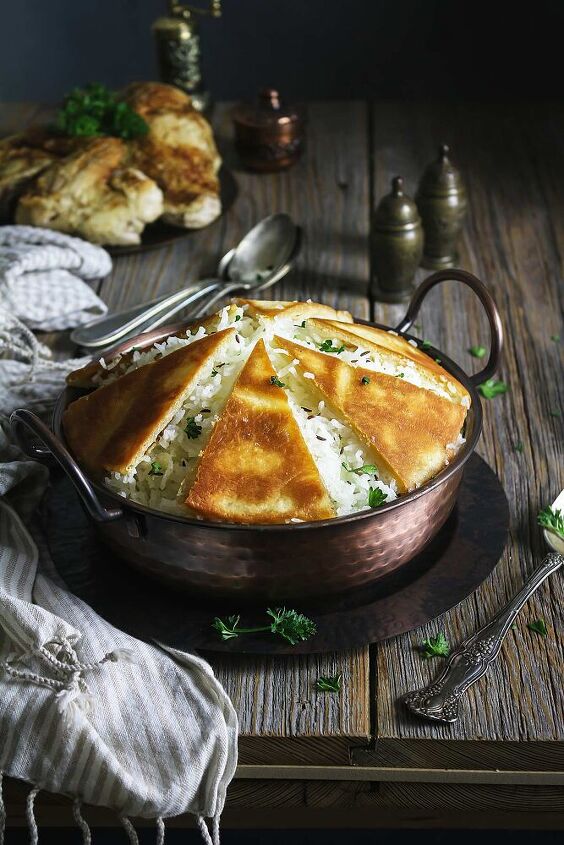

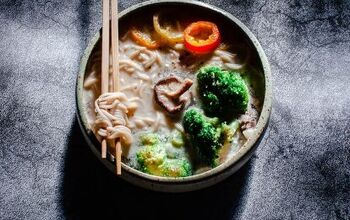

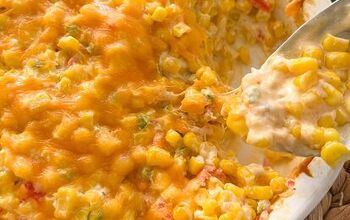
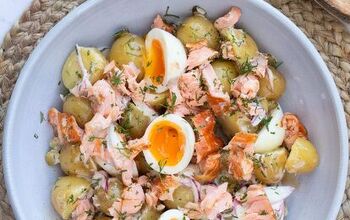
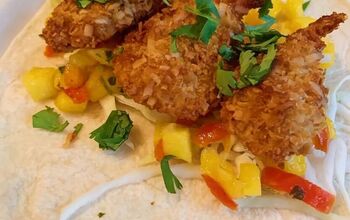
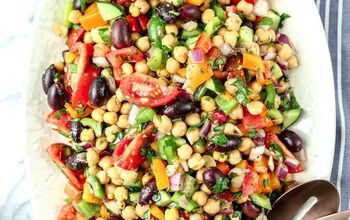
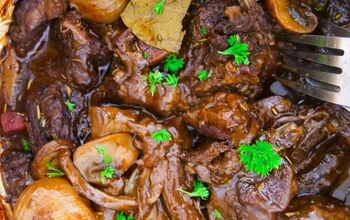
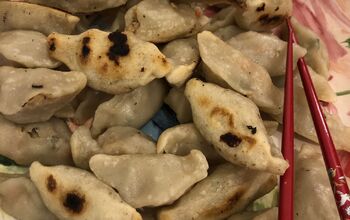

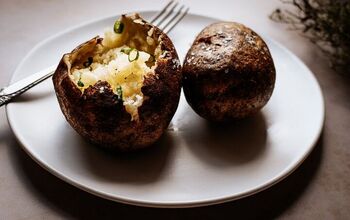

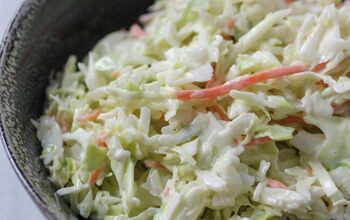

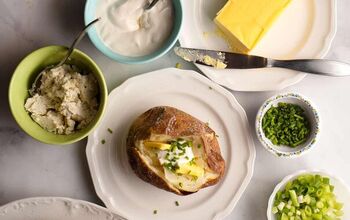
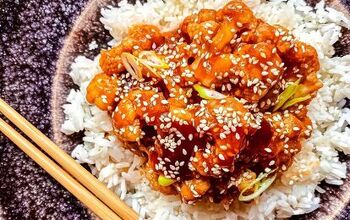


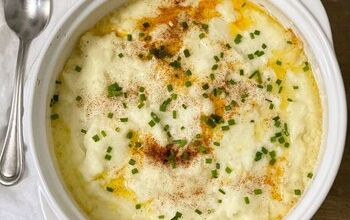
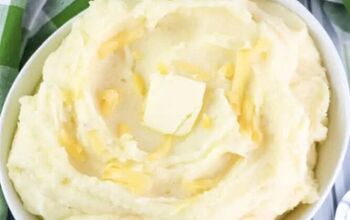
Comments
Share your thoughts, or ask a question!
Not sure of how much oil to use in the final step of pouring smoking hot oil over the rice. Recipe mentions cup of oil? But another place mentions tablespoon of oil.
Sorry to still not have an understanding on the amount of oil...one place states cup of oil, another place says tablespoon. I see the statement about remaining oil but exactly how much do you start with? Cup or tablespoon? I’ll be so disappointed to not make this dish for my family.